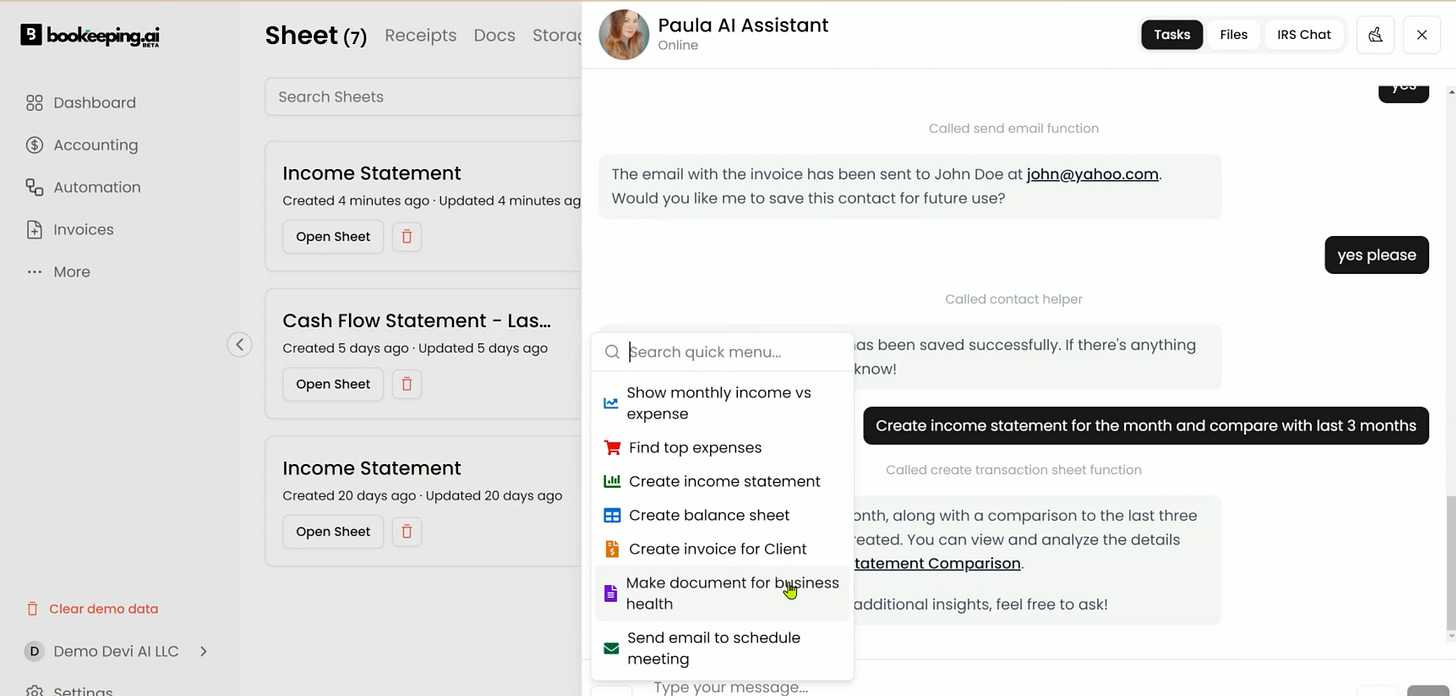Growth Ritual #65
📋 IN THIS ISSUE: AI’s Unexpected Champions ~ Voice-Controlled Revolution ~ China’s Silent Sprint Toward General AI ~ A Lost Language in Knots
TOGETHER WITH BOOKEEPING.AI
Automate 95% of Boring Bookkeeping Tasks
Even bookkeepers hate bookkeeping, and so do entrepreneurs.
The solution?
Bookeeping.ai, featuring Paula, your AI accountant. She creates financial reports, auto-categorizes entries, matches receipts, sends invoices, and requests tax forms.
Chat with her to get tasks done, save 76 hours a month, and focus on growing your business.


